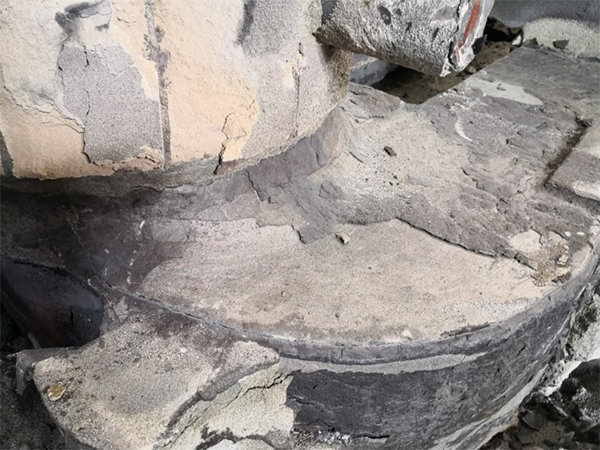Filling 3D Prints with Sand A Comprehensive Guide
In recent years, 3D printing has transformed manufacturing, allowing for the creation of complex shapes and designs that were previously unimaginable. One of the exciting developments in this field is the practice of filling 3D prints with sand, a technique that adds weight, texture, and even durability to printed objects. This article explores the process, benefits, applications, and challenges associated with filling 3D prints with sand.
Understanding the Process
The process of filling 3D prints with sand involves several key steps. First, a three-dimensional model is created using computer-aided design (CAD) software. The model is then sliced into layers using slicing software, which prepares the model for printing. Typically, models designed for sand filling will have hollow interiors or designated cavities to accommodate the sand.
The printer used for this process can vary, but many people opt for Fused Deposition Modeling (FDM) printers due to their accessibility and affordability. After the initial print is complete, the print is cleaned to remove any support structures and ensure a proper seal for the sand.
One of the most critical steps involves sealing the printed object to prevent sand from leaking out. This can be done using various sealing materials or coatings, such as epoxy resins or sealants that harden once applied. Once the seals are secure, sand is carefully poured into the hollow sections of the print through pre-designed access points. The type of sand used can vary, from fine silica to natural beach sand, depending on the desired texture and appearance.
After the filling process, the final step often involves adding a second layer of sealing material to cover any openings, ensuring that the sand remains securely inside the print. This encapsulation also enhances the object’s overall finish and durability.
Benefits of Filling 3D Prints with Sand
Filling 3D prints with sand offers several advantages. First and foremost, it adds weight to the object, which can be particularly beneficial for items like decorative sculptures or product prototypes that require a more substantial feel. The added weight can enhance the perception of quality and provide more stability, which is especially important for larger models.
Another advantage is the unique texture that sand provides. Depending on the type of sand chosen, it can impart a natural and rustic appearance to the final product, making it visually appealing. This can be beneficial for artists and designers seeking to create one-of-a-kind pieces.
fill 3d print with sand

Additionally, filling prints with sand can improve the durability of the object. The sand filling acts as a form of reinforcement, increasing the overall strength and resistance to wear and tear. This added durability can be beneficial for functional items that are subject to stress and strain during use.
Applications of Sand-Filled Prints
The applications of sand-filled 3D prints are diverse and continue to grow as technology advances. In the world of art and design, creators are using this technique to produce captivating sculptures and design prototypes that not only look good but also have a tactile quality that enhances user experience.
In the construction industry, architects and builders leverage sand-filled models for creating scale models of buildings. These models provide realistic representations that help visualize the final structure while offering the added weight and stability necessary for detailed presentations.
Another fascinating application is in the field of education, where sand-filled prints can serve as educational tools. Science and engineering students can benefit by exploring the structural integrity of different designs while engaging in hands-on learning experiences.
Challenges to Consider
Despite the many benefits, there are challenges associated with filling 3D prints with sand. The process can be time-consuming and may require trial and error to get right, particularly regarding the sealing process to prevent leaks. Moreover, the choice of sand and sealing materials can impact the final outcome, necessitating careful selection to achieve the desired results.
Furthermore, sand-filled prints may be more challenging to recycle or dispose of compared to standard 3D prints, which can present environmental concerns. As with any innovation, finding a balance between creativity and sustainability will be essential for the continued use of this technique.
Conclusion
Filling 3D prints with sand is an innovative approach that enhances the versatility of 3D printing. With numerous benefits, including increased weight, unique texture, and improved durability, this technique is carving a niche in various fields, from art to construction. Although challenges remain, the potential applications and artistic possibilities are virtually limitless, signifying a bright future for sand-filled 3D prints. As technology evolves, we can expect even more exciting developments in this fascinating area of 3D printing.
Post time:نوامبر . 20, 2024 16:07
Next:3d मुद्रण रेतीसँग भर्नुहोस् ।
